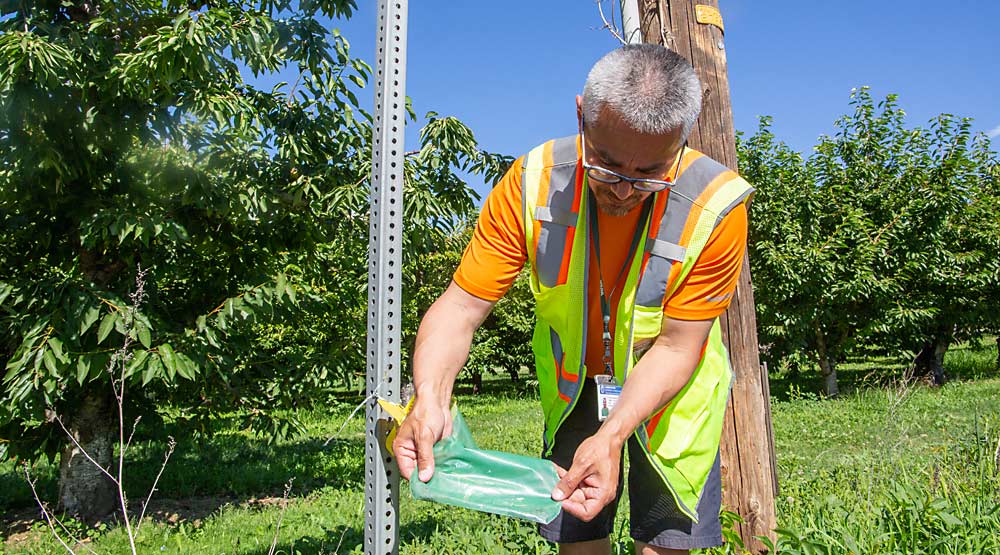
When it comes to eradication of invasive pests such as the Japanese beetle or spotted lanternfly, the odds favor the invaders.
“There aren’t a lot of great stories where the humans win,” said Sven-Erik Spichiger, the managing entomologist for the Washington State Department of Agriculture. His agency is in the middle of a few eradication efforts now.
Globalization, climate change and increased travel have led to more invasive pests in the past 10 to 15 years. Brown marmorated stink bug, spotted wing drosophila and northern giant hornet are just a few.
For some, entomologists at the state and national level have launched eradication programs. Some may work, but if history provides any lesson, the majority won’t. Pests breed and spread quickly, policies slow down responses, and funding is limited. The U.S. Geological Survey estimates that 6,500 non-native species of plants and animals have established in the nation.
That doesn’t mean eradication is hopeless, and infestation is not a foregone conclusion.
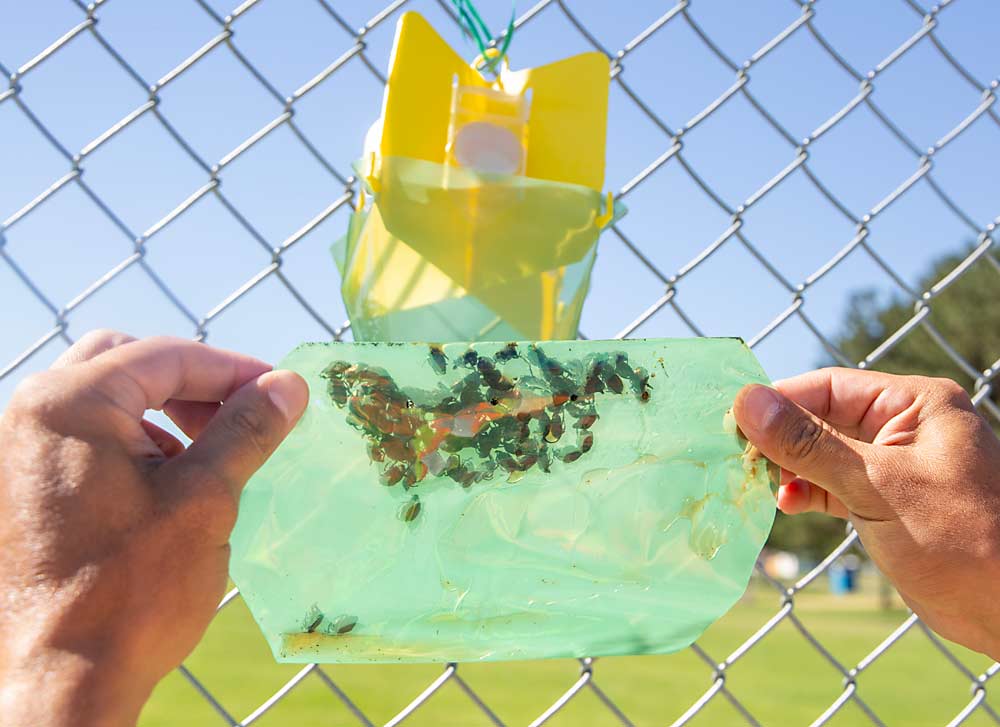
Victories
Washington has at least two success stories.
Using a half-mile-wide quarantine, tree removal and insecticide treatment, the state agriculture department eradicated the citrus longhorned beetle within a year of its first confirmed sighting in 2001 in a Tukwila nursery.
Though the spongy moth, formerly known as the gypsy moth, has established in places in the Eastern U.S., Washington entomologists have repeatedly stamped out the Asian strain of the forest pest that has been introduced in Washington as egg masses on shipping containers over the past 50 years.
Other places have wins, too.
In 2016, California entomologists eradicated the European grapevine moth, a native of southern Italy, seven years after it arrived in California wine-growing areas. Quarantines, a statewide network of traps, mating disruption, insecticide treatments and ongoing research aided the endeavor.
“The point is it takes effort and coordination,” Spichiger said.
And money. The federal government spent $65 million eradicating the grapevine moth.
Some known pests are prefunded by Congress, so the U.S. Department of Agriculture can act quickly. Others require a vote. The Entomological Society of America has advocated for a generic pool of rapid response funding in a 2020 public policy position statement.
“The earlier we can act … the more likely that program will be successful,” said Robert Venette, director of the Minnesota Invasive Terrestrial Plants and Pests Center and technical advisor on the Entomological Society’s paper.
The oriental fruit fly, a threat to apples and stone fruit, was identified in Florida’s Miami-Dade County in 2015 and eradicated in just six months. California, however, is wrestling with the oriental fruit fly now. This fall, officials launched an attract-and-kill insecticide eradication program in the city of San Jose, where the pest was found in two traps, according to a county news release. If they find no more flies, they will wrap up their operations in the spring, county officials said.
The Asian longhorned beetle has mixed results. The wood-boring pest first showed up in Brooklyn in 1996 and spread elsewhere in New York, Illinois, New Jersey, Massachusetts, Ohio and South Carolina. The USDA successfully eradicated the Asian longhorned beetle from Illinois and New Jersey, as well as portions of other states, including its launch point in Brooklyn. But surveys and eradication attempts continue in many places.
Other pests move too quickly to even try eradication. Spotted wing drosophila, one of the cherry industry’s main foes, was found in California in 2008, identified in 2009 and widespread by 2010. The pest forced California growers straight into management mode and dominated cherry research funding in the state for about 10 years.
Current eradication efforts
Current eradication efforts that affect the fruit industry are for Japanese beetle, northern giant hornet and spotted lanternfly.
The Japanese beetle, first found in 2020 in residential areas in Grandview, Washington, remains under an eradication plan, though it has spread to surrounding orchards and vineyards and nearby communities. The state set up a quarantine, but that doesn’t indicate that eradication efforts are over, Spichiger said.
“Quarantine is an eradication tool,” he said.
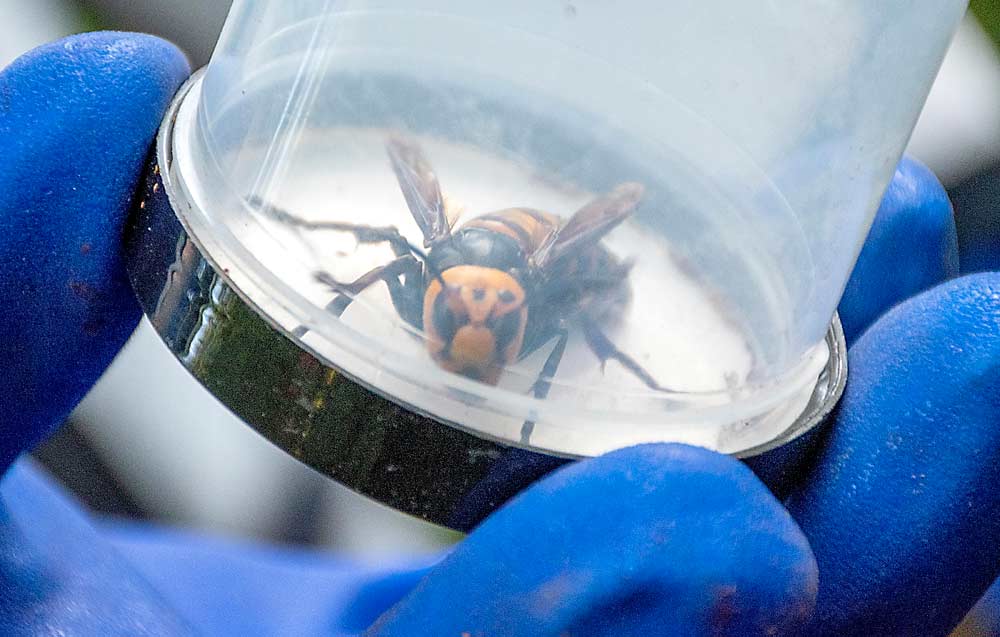
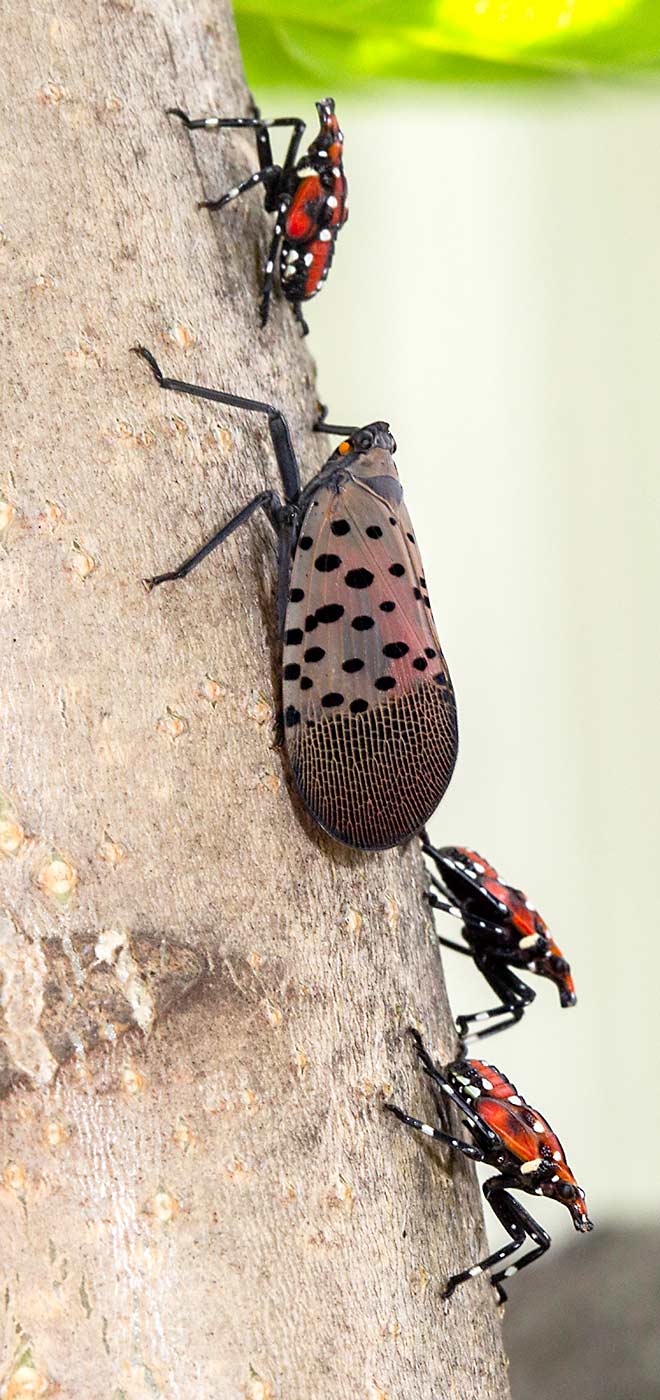
So far, so good against the northern giant hornet, which threatens honey bee colonies and people. Formerly called the Asian giant hornet, the invasive pest has been contained to a rural community in far northern Washington’s Whatcom County.
The spotted lanternfly is one that got away.
Spichiger and his colleagues were once optimistic about the country’s chances of eradicating the spotted lanternfly, which sucks sap from grapevines and trees. He was an entomologist in Pennsylvania, where it first showed up in 2014 — close to egg-laying season.
Based on quick surveys, he and colleagues thought they had the pest pinned to a 5-mile radius, and they aggressively removed host trees, intentionally leaving a few trap trees they injected with a systemic insecticide. It seemed to work. By the end of 2015, trees that once had up to 3,000 insects had zero after the project.
However, just a few had spread beyond that radius and bred faster than researchers predicted. Meanwhile, the pest’s preferred host, tree of heaven, grows in “epic proportion” in Pennsylvania.
“Eradication is not realistic” anymore, said Shannon Powers, a spokeswoman for the Pennsylvania Department of Agriculture, which now focuses on management and containment.
Today, other states are looking to keep it out, with varying degrees of success. Sightings have been confirmed in Pennsylvania’s neighboring states and in Michigan, while a dead specimen showed up in an Oregon nursery in 2020.
Spichiger is optimistic for Eastern Washington’s fruit regions where native arid shrubs provide inhospitable hosts. Using grant money from the U.S. Forest Service, counties are taking inventory of tree of heaven. Spichiger is encouraged by ongoing removal efforts at truck stops, rail yards and other likely points of entry, especially knowing what we now know.
Other Eastern states are doing their part, too, similar to the way Washington has diligently kept the spongy moth at bay.
“I always want to be optimistic,” Spichiger said.
—by Ross Courtney

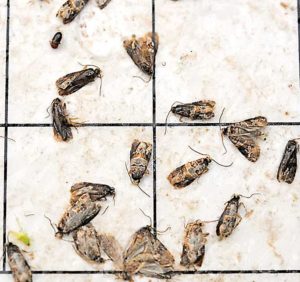
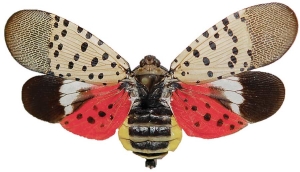
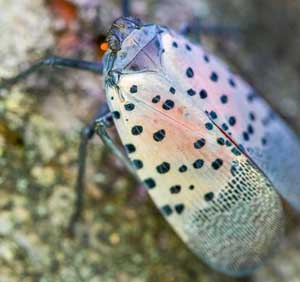





Leave A Comment